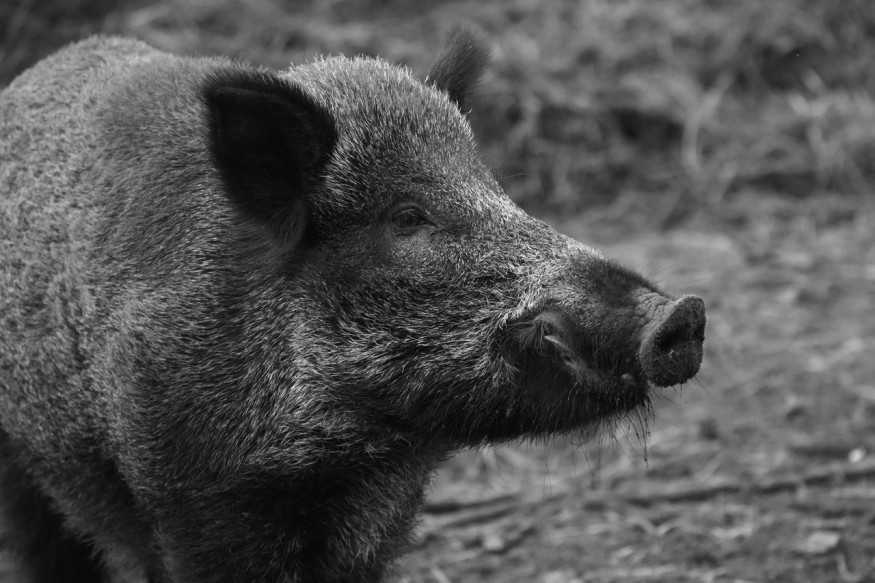How are feral pigs responsible for emitting CO2 emission equivalent to greenhouse gas 1.1m cars produce annually?
Generally, when we say climate change, the first thing that comes in mind are fossil fuel or human-induced problems, but on how invasive species such as feral pigs make a climate impact "hasn't really been explored in any global sense," according to researcher Dr. Christopher O'Bryan of the University of Queensland.

International team of researchers estimates an emission of 4.9m metric tonnes of carbon dioxide made by feral pigs each year, around the world, due to uprooting soil.
They tend to do so basically to search for food, just like "mini tractors that are ploughing soil", says O'Bryan. The process causes the microbes in the soil to be exposed to oxygen, thus helps microbes "reproduce at a rapid rate and then that can produce carbon emissions in the form of CO2."
Land-Use Change Have Effect on Carbon Emissions
"The same thing happens when you put a tractor through a field or you deforest land," O'Bryan explained.
While pigs are native to Europe and parts of Asia, they've also been introduced to every continent except Antarctica. In regions where they are not native, they have uprooted an estimate area of 36,000 sq km (14,000 sq miles) or more according to reports, with Oceania as the largest area of land disturbed by wild pigs- roughly 22,000 sq km.
Pigs in Oceania are responsible for more than 60% of the animal's estimated yearly emissions, with calculation of nearly 3m metric tonnes of CO2, equivalent to about 643,000 cars. North America follows second to Oceania on global emission.
Uncertainty in Modelling
The researchers of the study had drawn three models to estimate carbon emissions from uprooted soils. The first model predicted wild pig density globally across 10,000 simulations, based on existing information about wild pig populations and locations.
The second model was conversion of pig density into disturbed land area, and the third estimated the amount of CO2 emitted when soil is disturbed.
However, Nicholas Patton, a PhD student at the University of Canterbury said there was some uncertainty in the modelling due to differences in variables and variety in carbon soil contents, as well as density of the wild pigs.
"Areas that are peat bogs or black soils ... especially ones that have a lot of moisture, they're a sink for carbon," said Patton. "When pigs get in there and root around, they have a lot more potential for that carbon to be released than from other soils."
Wild hogs have already been trashing cities and adds climate impacts that became unmanageable and a challenge. O'Bryan hopes to prioritize whichever of the impacts was most destructive and significant.
"At the end of the day, feral pigs are a human problem. We've spread them around the world. This is another human-mediated climate impact."
© 2025 NatureWorldNews.com All rights reserved. Do not reproduce without permission.





